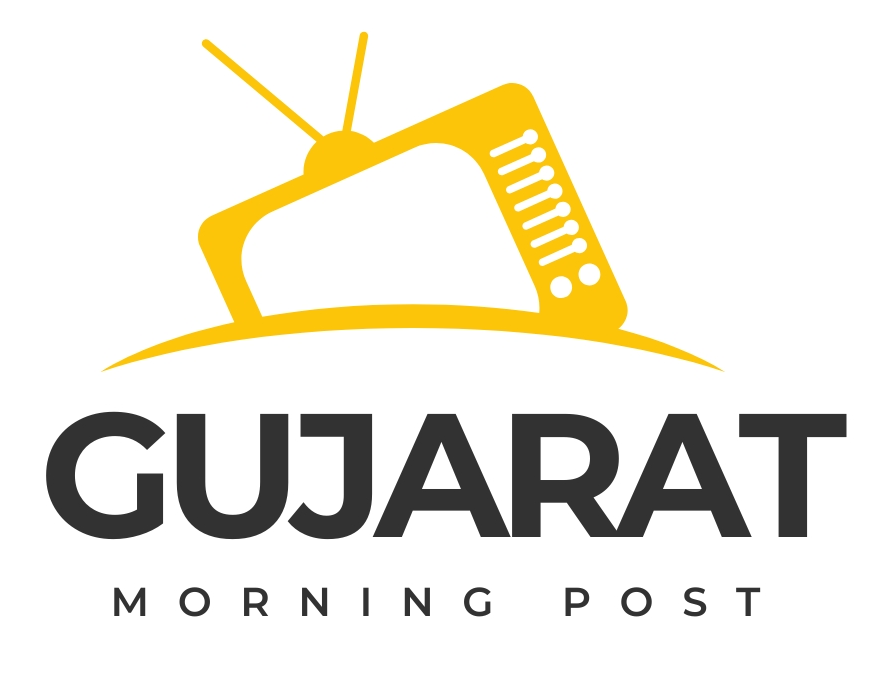Some encouraging improvements:
- Meets SC quotas among SC officers and constabulary
- Improved gender diversity among judges
- State contributes over 85% of its total legal aid budget
Persistent lacunae:
- Gujarat’s ranking fell drastically, dropping seven places from fourth to eleventh in 2025. This year’s ranking highlights persistent gaps in capacity in the state.
GUJARAT, AHMEDABAD 15 APRIL 2025: The 2025 India Justice Report (IJR), India’s only ranking of states on delivery of justice in the country, released today, shows that Gujarat has the highest number of vacancies in India among High Court judges and High Court staff. IJR 2025 ranks Gujarat 14th in Judiciary and 13th in Legal Aid, while overall it was ranked 11th (2022: 4th) among the 18 Large and Mid-sized states (with populations of over one crore each).
The top overall position was retained by Karnataka, followed by Andhra Pradesh, climbing from fifth in 2022 to second, Telangana (2022 ranking: 3rd), and Kerala (2022 ranking: 6th). Among the seven small states (with populations less than one crore each), Sikkim (2022: 1st) ranked first, followed by Himachal Pradesh (2022: 6th) and Arunachal Pradesh (2022: 2nd).
The India Justice Report (IJR) was first initiated by Tata Trusts, with the first ever ranking published in 2019. This is the fourth edition of the report, in collaboration with partners including the Centre for Social Justice, Common Cause, Commonwealth Human Rights Initiative, DAKSH, TISS–Prayas, Vidhi Centre for Legal Policy, and How India Lives, IJR’s data partner.
Through a rigorous 24-month quantitative research, the IJR 2025, similar to the previous three, has tracked the performance of states in capacitating their Justice delivery structures to effectively deliver mandated services. Based on the latest official statistics from authoritative government sources, it brings together otherwise siloed data on the four pillars of Justice delivery – Police, Judiciary, Prisons, and Legal Aid. Each pillar was analysed through the prism of budgets, human resources, workload, diversity, infrastructure, and trends (intention to improve over a five-year period), against the state’s own declared standards and benchmarks. This edition also separately assesses the capacity of the 25 State Human Rights Commissions (see SHRC brief for more) and consists of essays on mediation and access to justice for persons with disabilities.
Discussing the India Justice Report, Justice (Retd.) Madan B. Lokur commented, “The punishing process of accessing justice begins with the very first encounter an individual has with the system. With our failure to properly equip and train frontline justice providers—police stations, legal aid actors including paralegal volunteers and district courts—we fracture public trust. These institutions are intended to embody our commitment to equal justice. The strength of our entire justice framework rests on these critical first points of contact. The fourth edition of the India Justice Report points out that improvements remain few and far between in the absence of adequate attention given to resources. Alas, the burden continues to remain on the individual seeking justice, and not the state to provide it.”
Ms. Maja Daruwala, Chief Editor, India Justice Report, highlighted, “As India moves forward into a hundred years of being a democratic, rule of law nation, the promise of rule of law and equal rights will remain hollow unless underwritten by a reformed justice system. Reform is not optional. It is urgent. A well-resourced responsive justice system is a constitutional imperative that must be experienced as an everyday reality available to every citizen.”
Gujarat’s Ranks: Pillar Wise
| IJR 4 | IJR 3 | |
| OVERALL | 11 | 4 |
| POLICE | 9 | 8 |
| PRISONS | 9 | 6 |
| JUDICIARY | 14 | 9 |
| LEGAL AID | 13 | 3 |
Increasing vacancies across justice system
As of 2024, vacancies range from 38% in HC (among the highest in the country) to nearly 47% staff vacancy in HC staff, the highest among all states and UTs. As of 2023, Guajarat had 29% vacancy in police constabulary of which only 16% were women.
In the Gujarat Forensic department, 1 in every two scientific staff is missing in the forensic labs and there is a 46% shortfall of administrative staff.
Between 2010 and 2022, the state has been unable to meet caste quotas in the police. ST constable vacancies were over 20% as compared to SC constables where the state has exceeded quota fulfilments since 2016. 1 in every 4 OBC officer positions were vacant in 2023 in comparison to OBC constables where the state exceeded caste quotas. In the judiciary, Gujarat has been able to meet only 2% of its positions reserved for ST judges since 2022. Women accounted for just 20% among the lower judiciary – well below the 38% national average.
Prisons
Gujarat’s 32 prisons are over 18% their capacity and run with a very high overall staff[1] shortfall of 40%. Within the prison staff, vacancies stand the highest among prison officers (43%) and correctional staff (44%). 1 in every four prisons recorded an occupancy rate between 150-250%. Between 2021 and 2022, it recorded an increase in vacancies among its officers – from 30% to 43%. Vacancies among its medical staff doubled to 28% and shortages among correctional staff stood at 44%.
Legal Aid
In legal aid, despite the state contributing 87% of its total legal aid budget, it could utilise only 78% of it. Utilisation of NALSA Fund also fell to 69% in 202-23. There were 191 legal service clinics for its 18000 villages, averaging to one clinic serving 93 villages.
The IJR 2025 has reiterated both immediate and foundational corrections. It has flagged urgent filling of vacancies and increased representation. To effect irreversible change, it has exhorted that Justice delivery be designated as an essential service.
———



